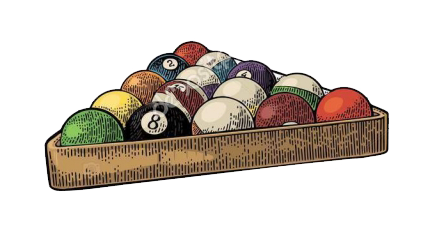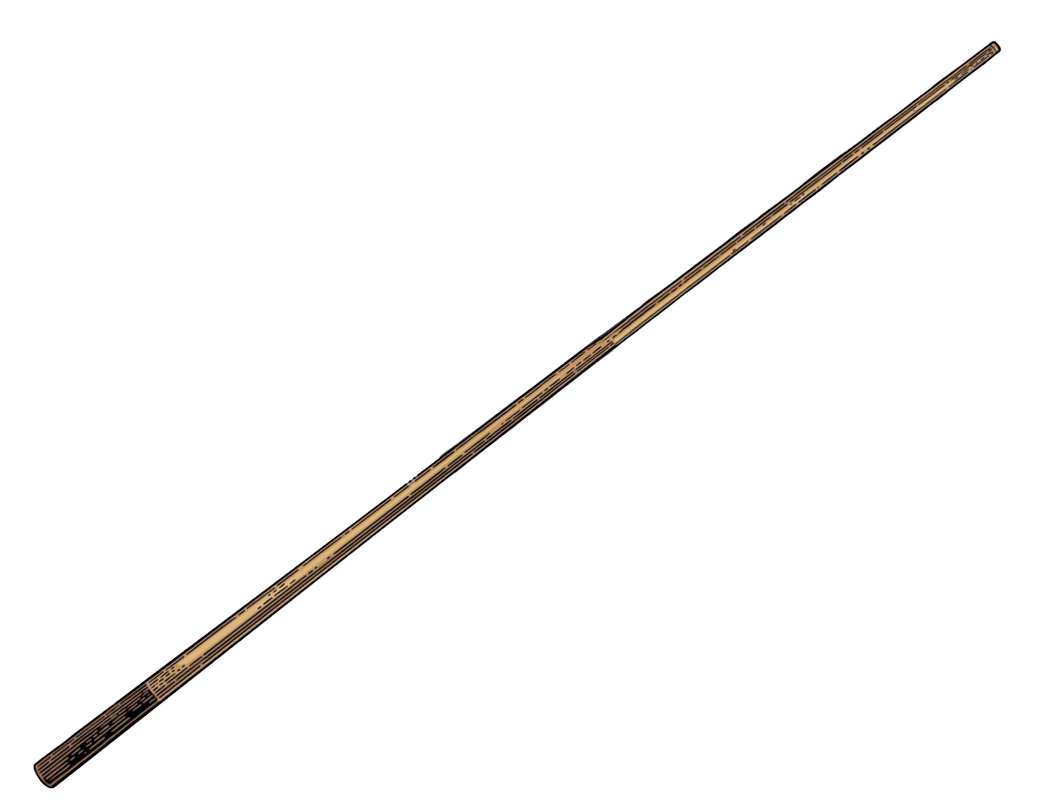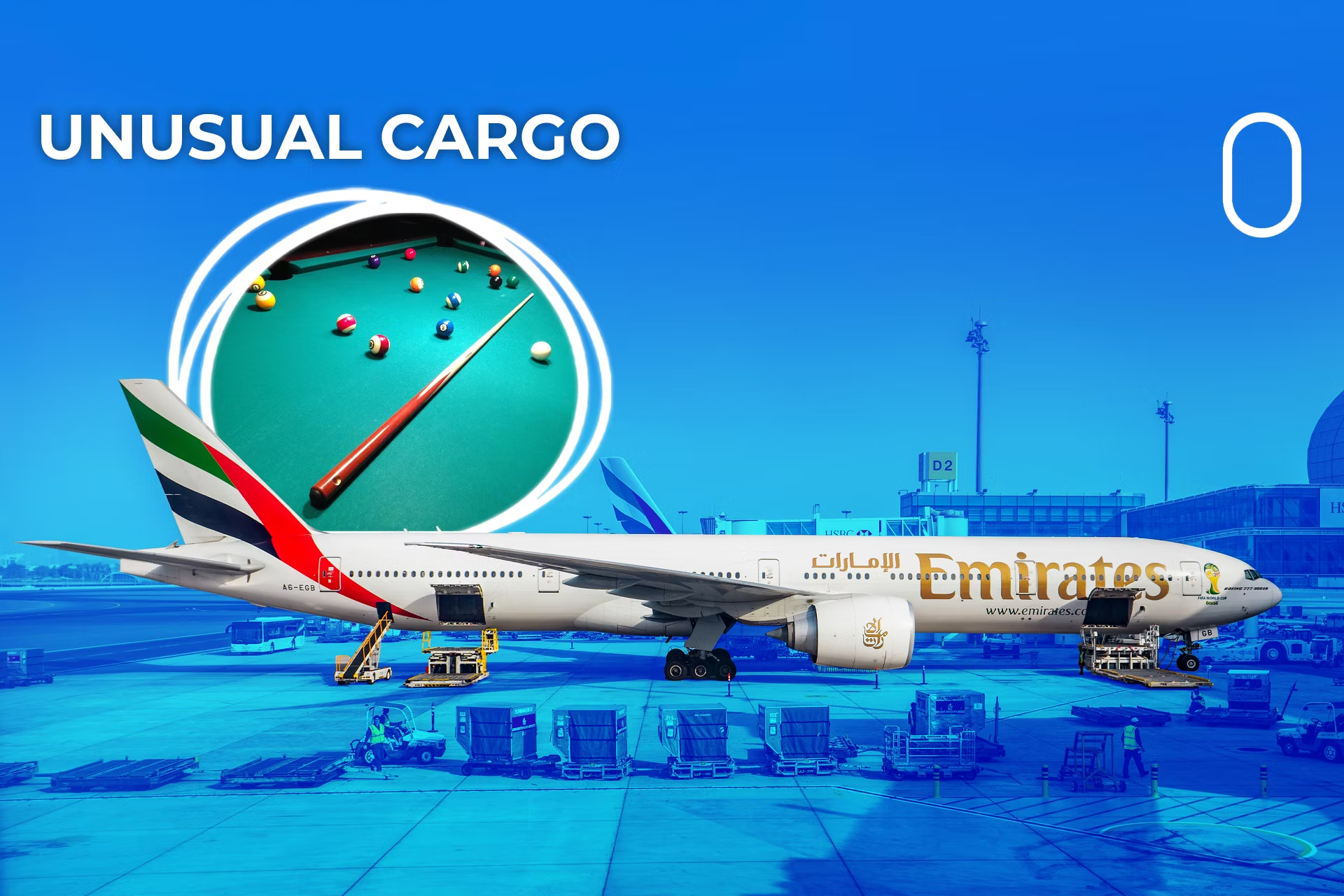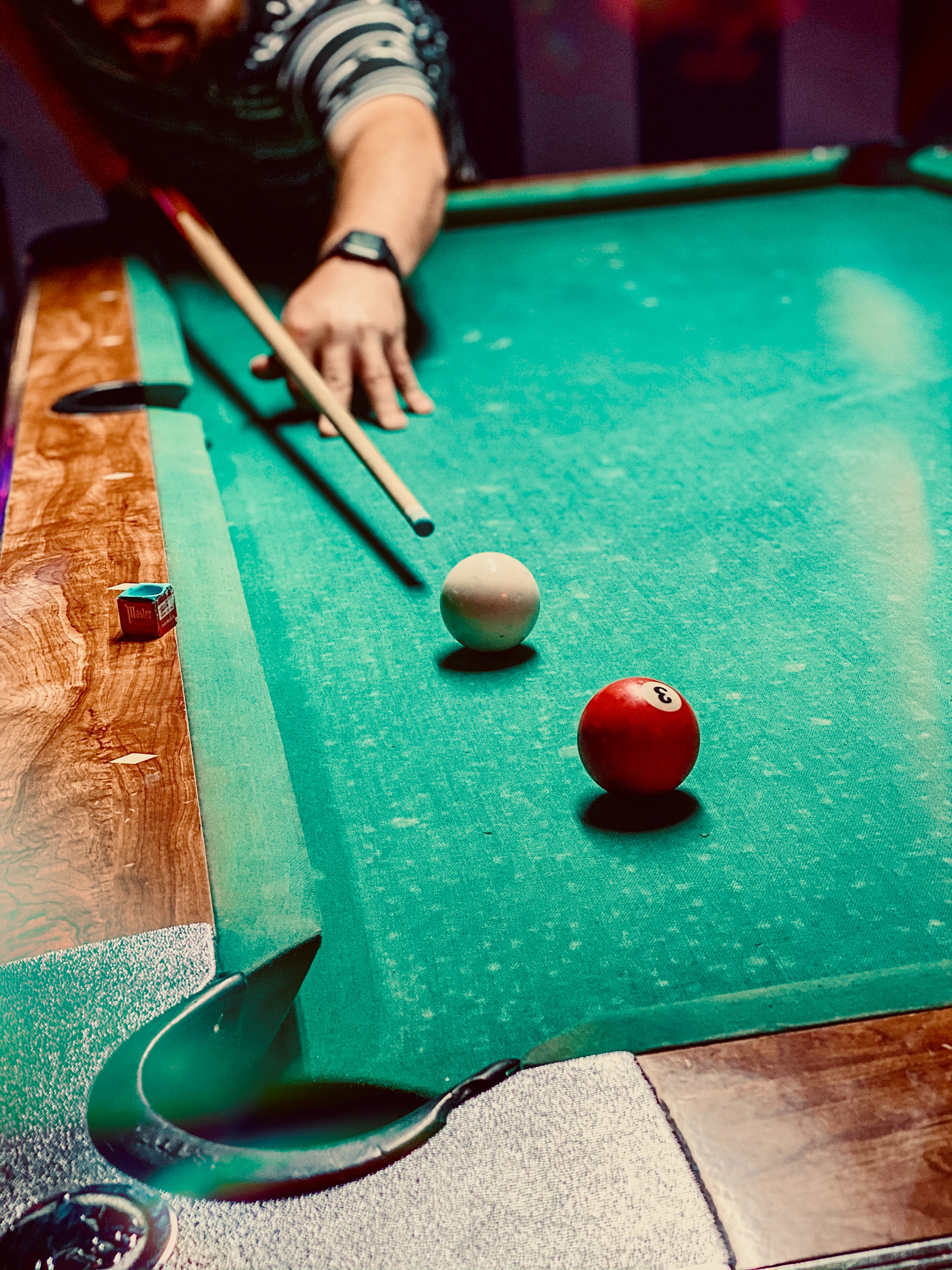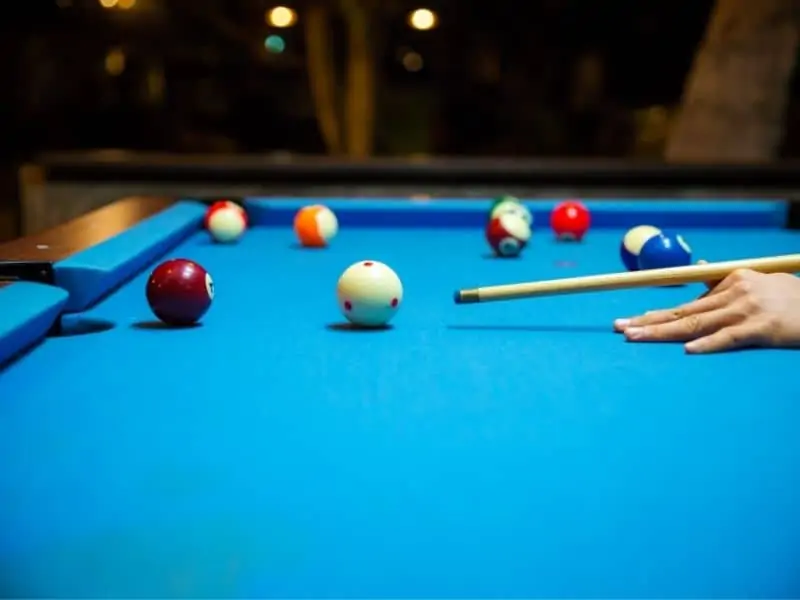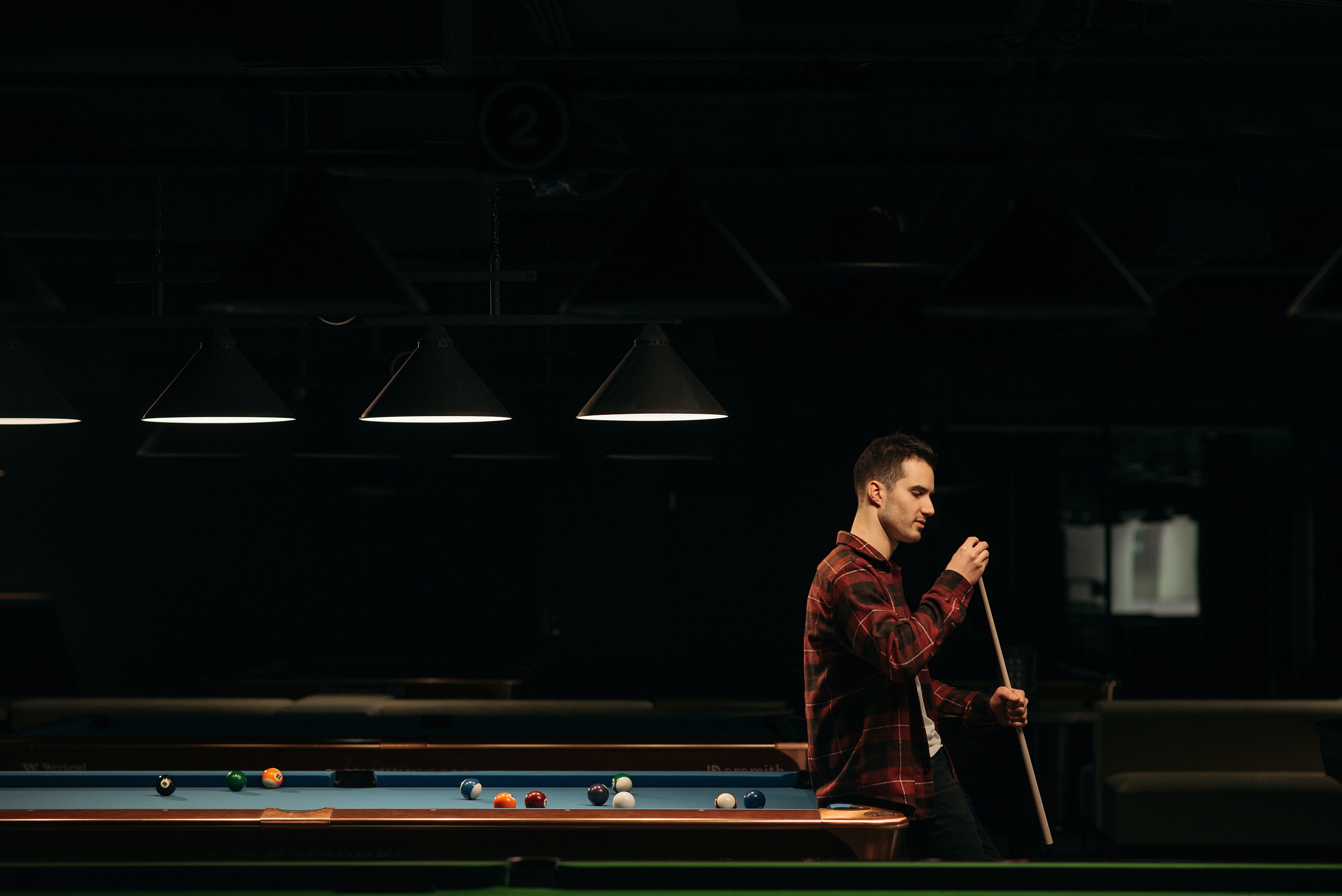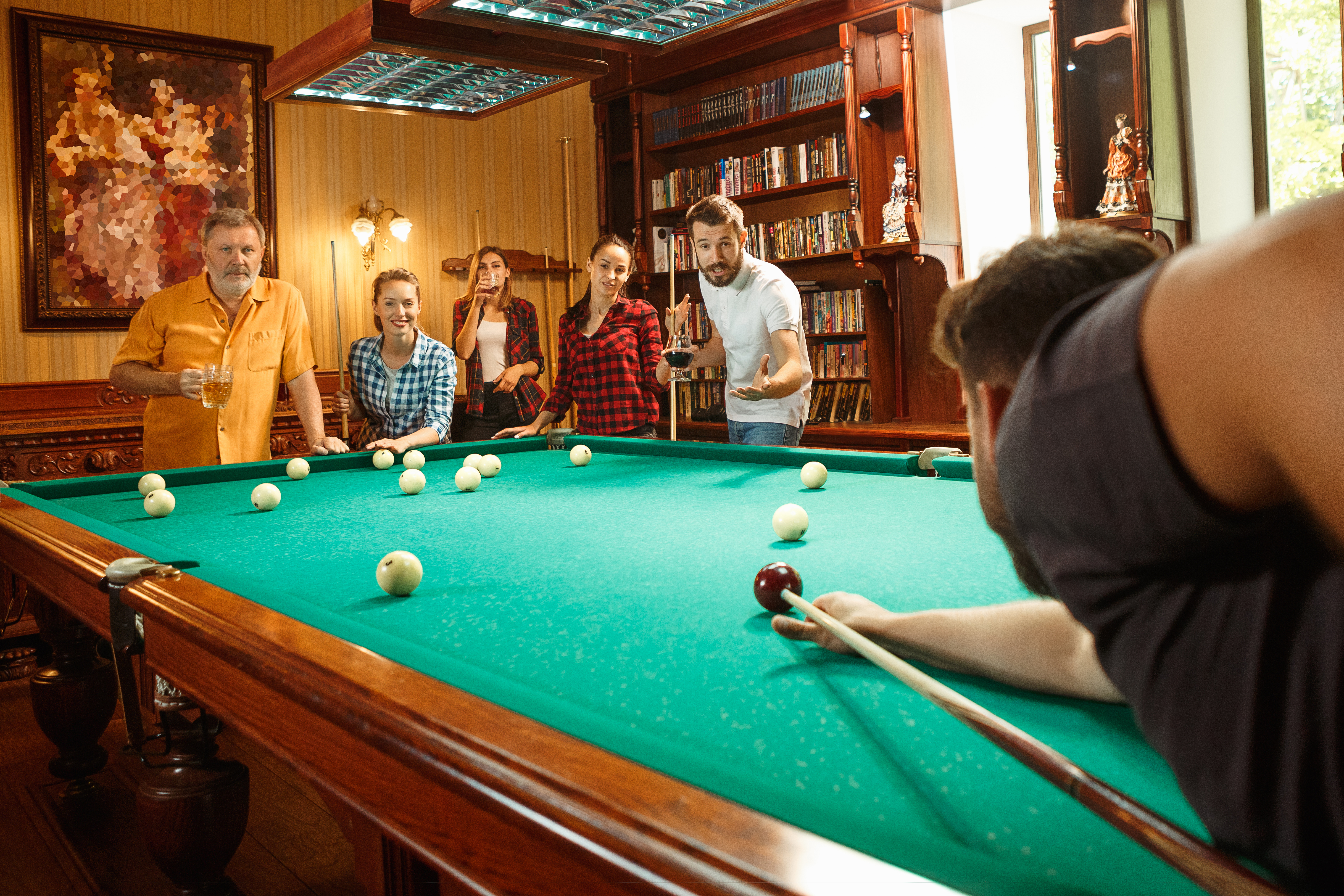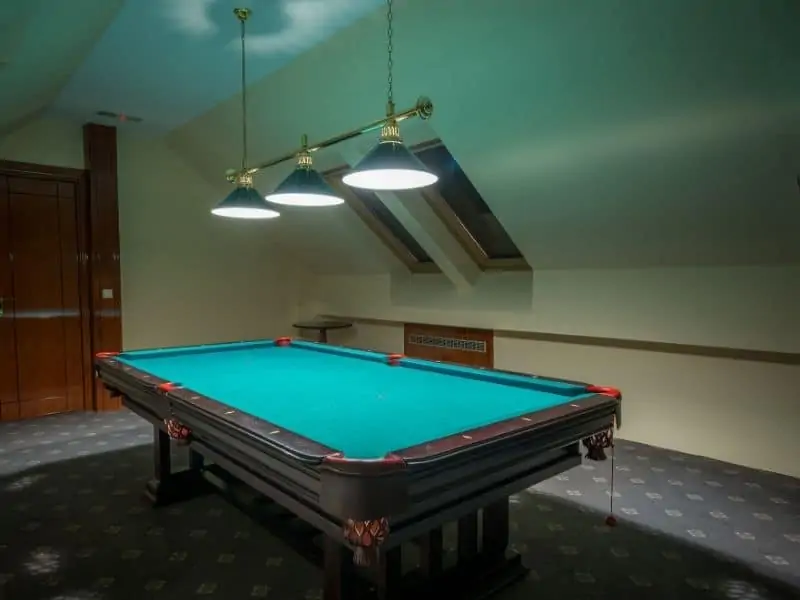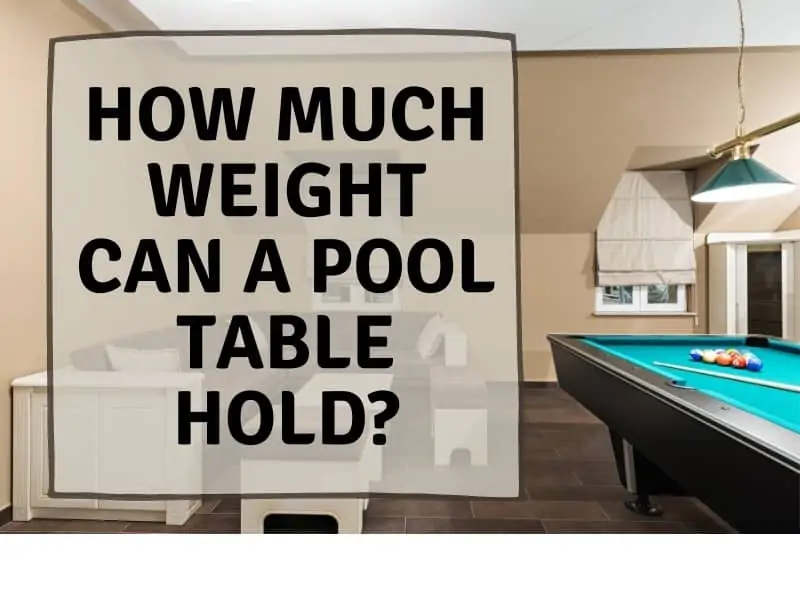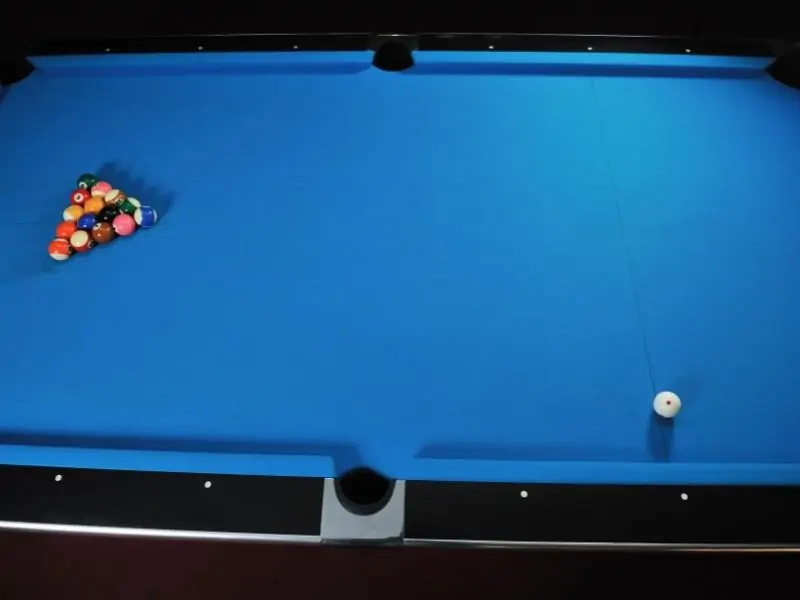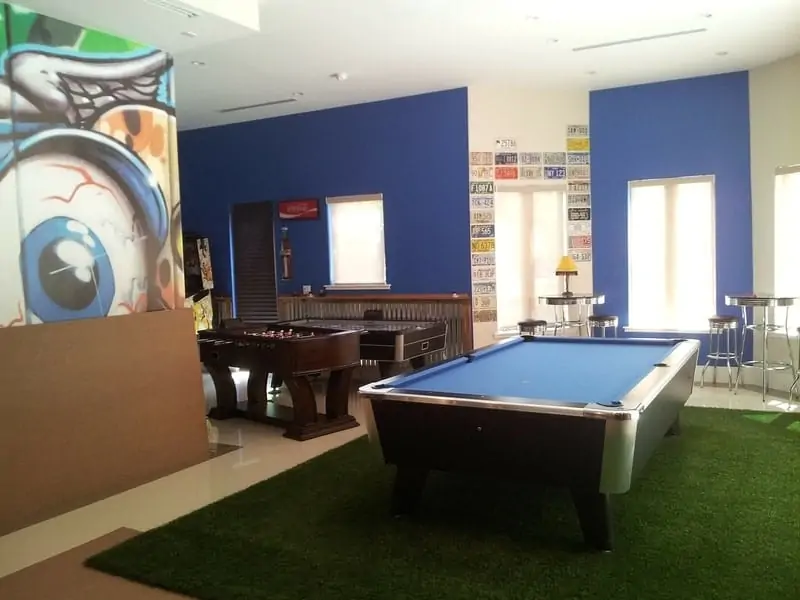So you’ve got a trip coming up and you refuse to let the fact that you’re in another city stop you from playing pool and honing your skills. Or maybe it’s your first time going to an out-of-town pool tournament. In either case, if you have your own pool cue, you’ll likely want to take it along instead of using a random house cue at your destination. But if you plan to fly rather than drive, the proposition isn’t such a simple one. That’s why we’re often asked, “are pool cues allowed on airplanes?”
Are Pool Cues Allowed On Planes?
Pool cues are allowed on airplanes, but only if they’re checked - they are not permitted in the cabin. Some countries and airlines have different rules, but it’s always safest to follow TSA rules to avoid snags. When bringing a pool cue on an airplane, you’ll also want to protect it with a pool cue case, and using a few simple packing guidelines.
The Carry-On Confusion
A basic internet search will typically yield two conflicting answers to the question of whether or not you can take a pool cue on an airplane. Some people mistakenly think that a cue in its case can be brought on as a carry-on or personal item, while others hold the correct position that a cue is only permissible if it’s in a checked bag.
This confusion seems to stem from a set of new rules proposed by the TSA (Transportation Security Administration) in 2013 regarding restricted items. The change was set to slacken some of the security restrictions on certain items that had been implemented in the wake of the September 11, 2001 terrorist attacks. Items to be allowed once again as carry-ons included small pocket knives, pool cues, and other sporting equipment.
The backlash from flight attendants (among others) was immediate and overwhelming, and the TSA canceled the planned changes, but the reverberations of the initial news are still causing confusion to this day. All that to say, at the time of this writing, pool cues and cue cases are definitely still prohibited in airplane cabins.
The TSA Way
In general, it’s always a good idea to consult the TSA’s list of accepted and restricted items before you fly, since it’s always being updated. And keep in mind, it’s up to the discretion of the individual TSA agent what they’ll allow and what they won’t. In general, though, if your cue is packed in your checked luggage (or in a separate checked case), and there’s nothing else suspicious going on with it, you should be good to go.
Flying Between Other Countries
If you’re flying internationally, it’s good to be aware of the rules in other countries and regions. The UK government, for instance, does include pool cues in their list of accepted carry-on items. However, some countries and even individual airports or airlines may have their own set of rules for what is and isn’t allowed on airplanes. Some countries may not allow pool cues even if they’re checked.
It’s always best to check in advance with the airline you’ll be using and the government in your destination country to find out whether or not they’ll allow you to fly with your cue.
Flying With a Pool Cue
We’ve all heard horror stories of people’s checked luggage being lost or mangled somewhere between check-in and baggage claim — and naturally, we don’t want to be the person it happens to, least of all with a high-end pool cue that cost a big chunk of your paycheck! Even if your cue was fairly inexpensive it may have tremendous personal value and you may have grown quite attached to it. So it’s perfectly understandable to be nervous about handing it over to an airline’s baggage handlers.
Of course, you can always ship it - but depending on where you’re going, that may not be ideal (more on that shortly). So if you’ve decided to fly with your cue, your next mission is to protect it as best you can. Here’s a brief guide to packing your pool cue for a flight.
How To Take a Pool Cue On an Airplane
There are a few ways to pack your pool cue for air travel. The main thing is keeping it cushioned and protected from rough handling or accidental drops. But since checked bags typically take the ride in an unpressurized part of the plane and may be exposed to the elements (to some degree) on their way to the plane, it’s also a good idea to insulate your cue somewhat from moisture or extreme temperatures, to prevent warping.
Author’s Note:
The methods listed here are for two-piece cues or multi-piece cues, not one-piece cues. If you want to have your one-piece cue with you on your travels, you’re probably better off shipping it - checking a package of that length will likely cost more than it’s worth and the cue is more likely to become damaged.
The Best Ways To Pack Your Cue
- Put the cue in its regular case, wrap the case in a few layers of bubble wrap, and place it in your checked bag surrounded by (or wrapped in) soft clothing on all sides.
- Wrap the cue case and the individual cue pieces separately with a few layers of bubble wrap, then wrap in soft clothing and place in your suitcase, surrounded by clothing or soft materials. (If you don’t have a cue case, consider investing in one - it makes traveling with your cue much less of a hassle.)
- Put the cue in its regular case, then wrap the case in bubble wrap and place it inside a dedicated hard-shell travel case.
These guidelines should offer adequate protection for your cue, but there’s no reason you can’t beef up the padding and protection for your own peace of mind.
Using a hard-shelled suitcase is ideal but with a good cue case and plenty of padding, a sturdy soft-shell case should be fine. Feel free to bolster the padding and insulation as much as space allows. It’s also a good idea to put a TSA-approved lock on your checked luggage for added security. And if it’s worth it to you, you can always purchase additional insurance for your checked bag, including the cue’s estimated value.
Shipping a Pool Cue
If you decide that you don’t want to fly with your cue, you can instead ship it to your destination in advance. If you do this, you’ll want to follow the same principles of packing listed above - just using packing materials instead of clothing. Again, the key is to add as many layers of protection as possible between the cue and the outside world.
If you’re shipping via the USPS, you’ll need to pack everything yourself, but if you take your cue in its case to a FedEx or UPS store, they should be able to pack it for you in a way that gives it maximum protection. Again, it’s a good idea to shell out a little extra for added insurance. You can even get tracking and require a signature upon delivery for more peace of mind.
However, depending on where you’re shipping it to, the extra features you purchase, and how fast you’ll need it delivered, the cost can add up pretty fast - and if you’re shipping internationally, it may even cost more than the cue itself - so it’s all a matter of whether or not it’s worth it to you.
In Conclusion
For most countries and airlines, taking a pool cue on an airplane is a fairly simple process if you do it the right way. To avoid damage and ensure a smooth travel experience, it’s best to follow the rules exactly and pack your cue with care. But if you’re reading this at the airport with your cue in your carry-on, don’t fret - the folks at the airline’s customer service desk should be able to arrange for you to either check or ship your cue on the spot.
